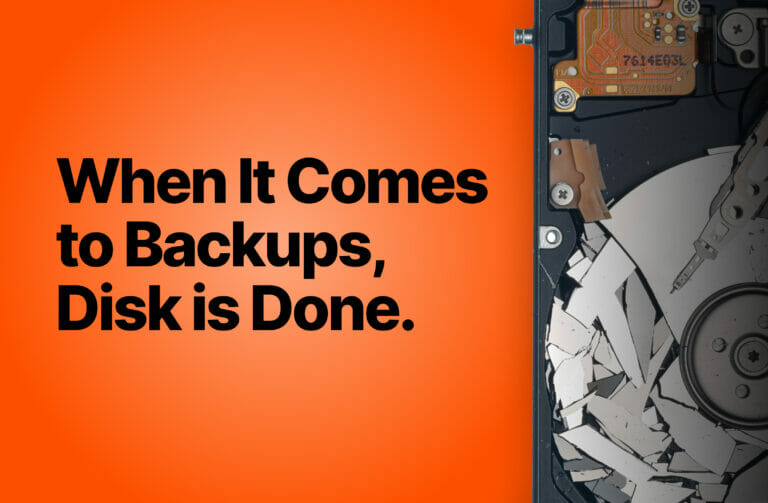From the 1950s to the 1980s, camera and film manufacturer Kodak held the lion’s share (around 70%) of the US film market and was one of the strongest brands in the world. But when the brand failed to respond to the market shift from physical film to digital storage, its iconic slogan, “A Kodak Moment,” took on a gloomier meaning: the moment an organization fails to anticipate market and consumer demands and gets left behind.
For telecoms, this story is particularly poignant. In the past decade alone, over-the-top (OTT) services like WhatsApp have forced telecoms to completely change their business model priorities, shifting the value of their consumer plans from calls and SMS to data. In 2020, the number of active mobile broadband subscriptions reached 7.7 billion—a significant increase from 3.3 billion in 2015.
And consumers aren’t just more connected. They also expect more personalized, intelligent services from their communication service providers. But not all telecoms are meeting these demands head-on or realizing how fundamental data is to their success.
Instead, telecoms are often viewed as the underlying pipework for consumer services, such as Netflix or Amazon Prime, rather than value drivers developing innovative, value-added services themselves. To satisfy today’s consumer demands and reshape the future of communication, leading telecoms need to use their gold mines of customer and network data to help drive new business models, customer engagement, and product development.
In short, everything should center around data. In my experience, this requires a three-step approach.
Step #1: Create the Right Data-driven Culture
Becoming a data-driven organization isn’t just about having the right analytics or data science capabilities. It requires a complete shift in company mindset and culture. Only by embedding data-driven decision-making at every level of your organization can you become truly insight-led.
In practice, this means creating a single, 360-degree view of customer data that can be accessed by those who need it across your entire organization. By doing so, you can enable better personalization of communications and services and target key growth groups.
But remember: With 90% of consumers saying they should be able to see and delete data that companies collect about them, the way you use data needs to be visible and transparent to ensure customer trust is cemented into your processes.
Step #2: Build the Right Infrastructure
The next step for telecoms is having the infrastructure in place to categorize, monetize, and apply data-driven insights at scale. It’s also a key factor in making the move from “pipe” to “platform”—helping lay the foundation to become a go-to platform for innovative services.
For example, as the internet of things (IoT) and 5G technologies develop, you need to have the right infrastructure in place to store the huge volumes of data they create. According to PwC, the rollout of 5G will drive business, skills, and service change worth £43bn to UK GDP by 2030.
And only a fraction of these gains (£9.4 bn) will be from the consumer and media sectors. Wider use cases will involve everything from healthcare to smart utilities. With the right infrastructure in place—such as cloud-enabled data storage and management platforms—you can use this data to your advantage and focus on driving value with new, targeted services and products.
Step #3: Establish the Right Data Strategy
As telecoms look to simultaneously transform their business and economic models, technology, and customer engagement, implementing a clear, in-depth data strategy is a vital stage in future-proofing communications, services, and projects.
But, according to recent research, while 65% of telcos have a roadmap for a digital strategy, over 61% have no data management strategy in place. It’s an area where the industry is falling behind.
To ensure a solid, in-depth strategy, I’d suggest:
- Identifying—or “tagging”—your data, so you can understand what it does and the value it adds.
- Introducing a clear structure, such as a single point of truth where your data is stored and accessed (something I explored in detail in my previous blog post). [add link to previous blog]
- Making data governance and security strategic priorities to drive customer trust and safeguard your business.
With an established, in-depth data strategy in place, you can ensure that data is treated as an asset in your organization and is used effectively and efficiently by every team. For telecoms to become data-driven service providers, there needs to be a significant shift in how they operate. And as data sets grow exponentially larger, they need a simplified way to efficiently store that data and use it to drive future growth and better communication.
I’ve outlined a few key steps above, but I’d love to hear your thoughts. How do you think telecoms can future-proof themselves? Leave your thoughts in the comments below. Learn more about Pure Storage® telecom industry solutions.
![]()






